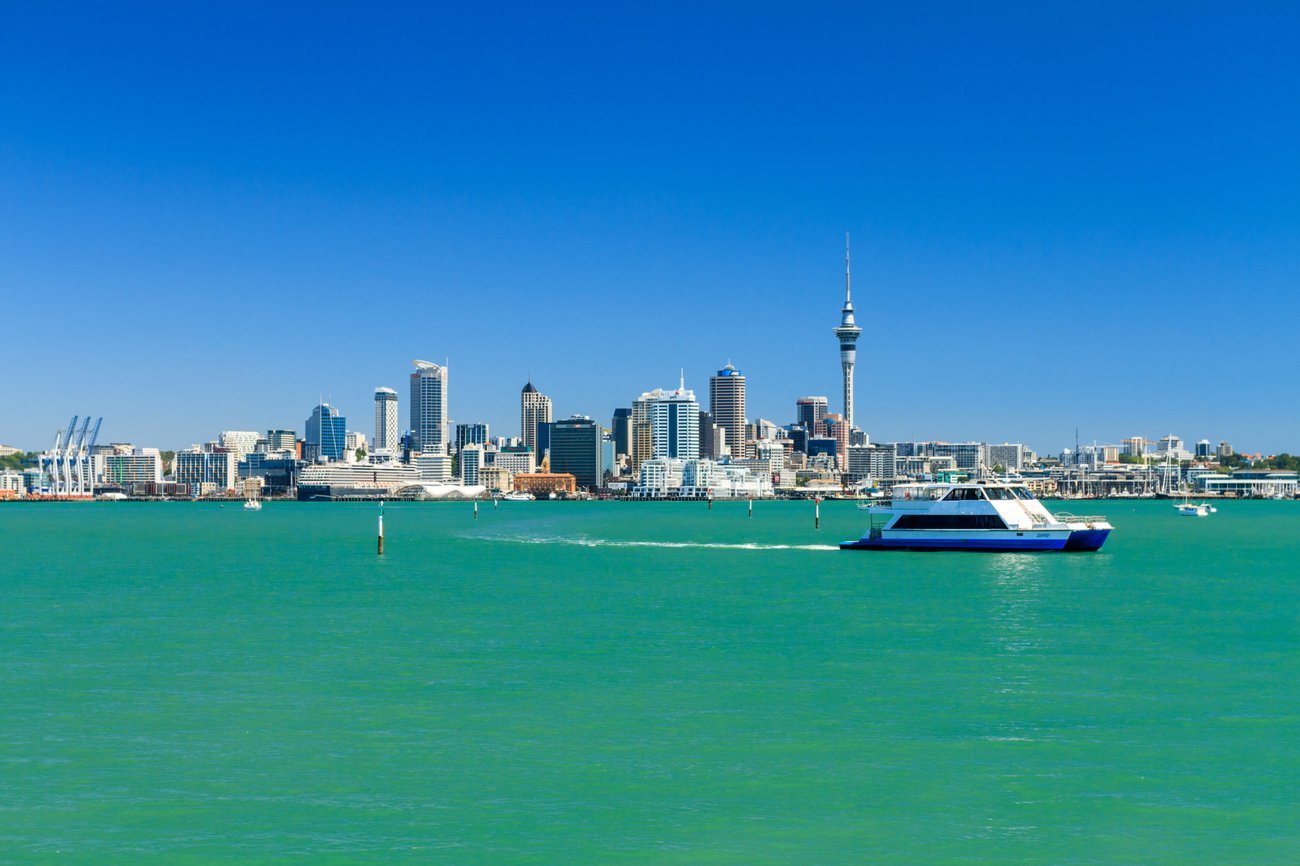
The benefits of e-ferries are hard to argue with: a healthier climate, lower costs, less congestion and noiseless boats. That’s the transport idea that Mount Wellington-based shipyard and boat builder McMullen & Wing is promoting – and it’s winning over many converts.
CEO Michael Eaglen says that in 2019, it’s completely viable to run ferries on batteries, as the amount of energy stored in a battery has developed a lot recently.
“We’re working away pretty hard to develop these electric ferries and have a vision of a small fleet of ferries built in time for Americas Cup and APEC,” Eaglen says. “We want to showcase this technology at a time when New Zealand will have the world stage, as we see it as an opportunity to grow a significant export for our country.”
E-ferries have already taken off in places such as Norway and Sweden, which have debuted a number of large ferries running on battery power. At a Nordic EV Summit last year, the operator, Fjellstrand, announced launching Norway’s first all-electric ferry reduced CO2 by 95 percent and operating costs by 80 percent.

An all electric car ferry on the move in Norway
“The fact the Norwegians have done it and got those boats operating cost effectively and reliably strengthens our confidence and everyone’s confidence that this is going to work,” Eaglen says.

Michael Eaglen
He says McMullen & Wing is building the ferries of its own accord and while Norway is world leading, his company has a design unique to New Zealand. Auckland Transport and the Auckland ferry operators are front of mind for the first fleet, who have expressed interest.
“Once we and our other partners identified that it worked and the number stack up financially – the reduction in operating costs through fuel savings the business makes stack up – then all of a sudden, a lightbulb turned on that the time is now, that we really can do this and it’s going to save money and just be a better offering all round,” Eaglen says.
“We’re developing them initially with Auckland as a test case and making sure they’re well suited for its harbour, but we’re also developing products that are applicable in other harbours.”
McMullen & Wing’s background is in building performance commercial boats and yachts, and it specialises in high strength, lightweight structures (it built the race-winning 1995 America’s Cup boat, Black Magic). Eaglen says because of this experience, e-ferries aren’t a particular challenge, design-wise, but its team is closely observing the boat’s power demand throughout the day and how to efficiently manage recharge time.

Black Magic in action
“We’re finding the boats are developing out really nicely and probably the bigger problem area is going to be around the infrastructure requirement and getting really good recharge capability on the docks and dealing with the many parties – that’s what we see looming as a substantial piece of work.”
Currently, it’s running some feasibility studies with potential customers, while working on the R&D and the product development behind the scenes.
So, what are the perks of e-ferries that the R&D process has uncovered?
The first and most obvious benefit is the fact that they make zero emissions (big win), but Eaglen says e-ferries are also less disruptive to the marine environment, too.
“One of the really beneficial aspects we’ve been uncovering is these ferries are typically catamarans – boats with two hulls – and the hulls themselves have to be wide enough to fit the engines inside. Big engines require the hulls to be reasonably wide, but the electric motors are much, much smaller so the hulls can be more slender,” he says.
“This means they produce a lot less wash – a lot less wake – so impact on other water users is reduced, and erosion on the coastline is also reduced. That’s a really nice benefit.”
The other benefit of electric ferries is that they’re significantly quieter machines.
“Ferries are typically quite noisy, smelly things, just like busses, so the move to electric has huge benefits there in what the public experience and the passenger experiences,” Eaglen says.
“We think that silent boats gliding in and out of the terminal fits quite nicely with the vision the council has for the downtown ferry basin and precinct, which is a much more park-like, public feel.”
All things going to plan, construction on the first boats will be underway by the end of this year, and the plan is to have the first boats in service by the end of 2020.
Watch this space.




